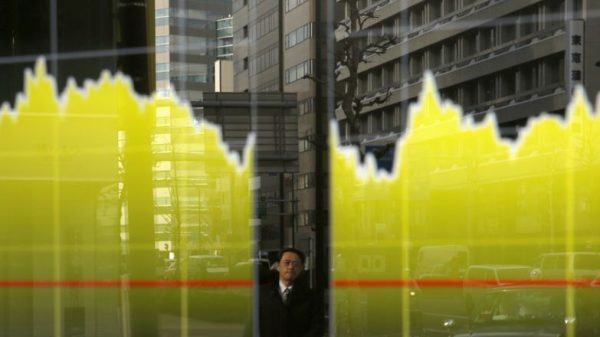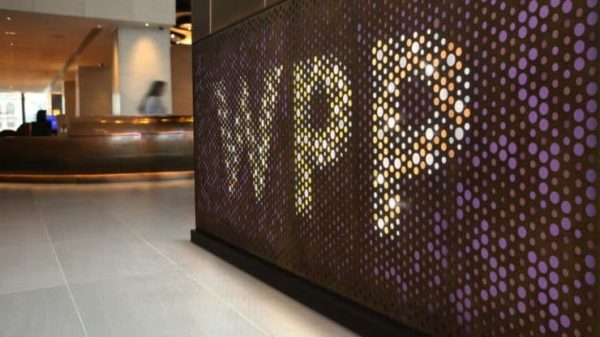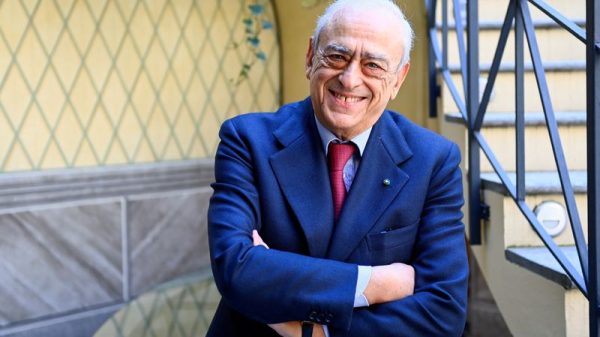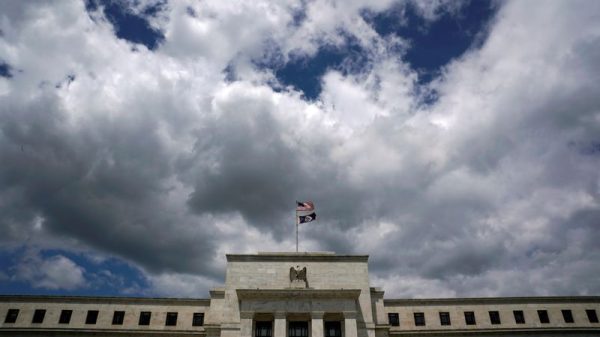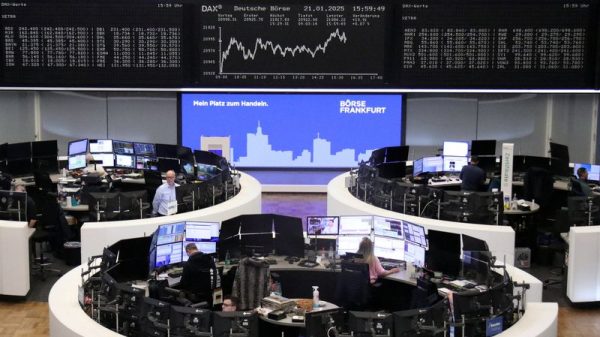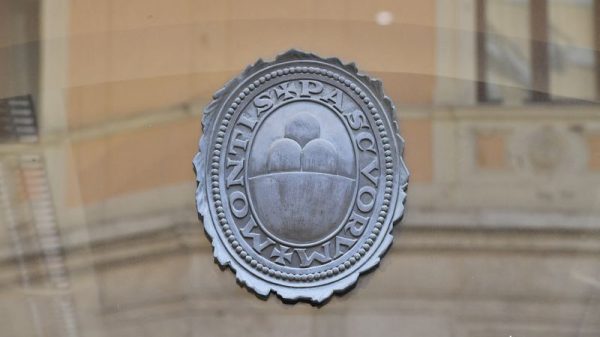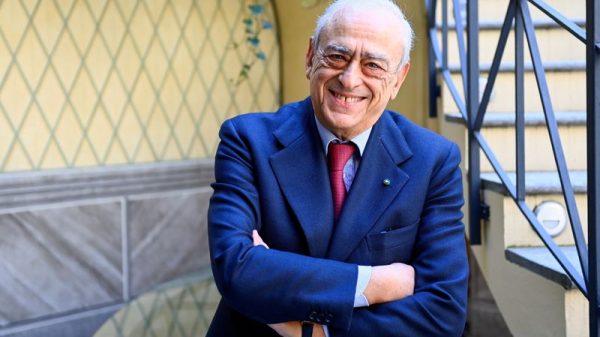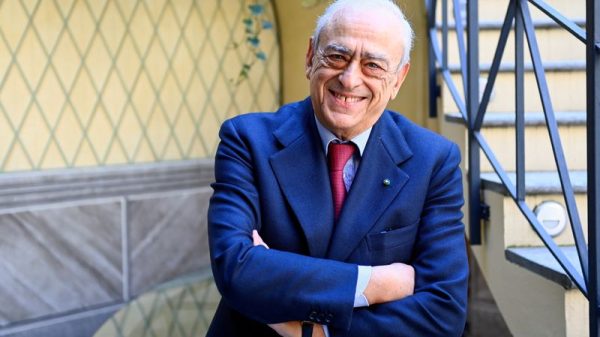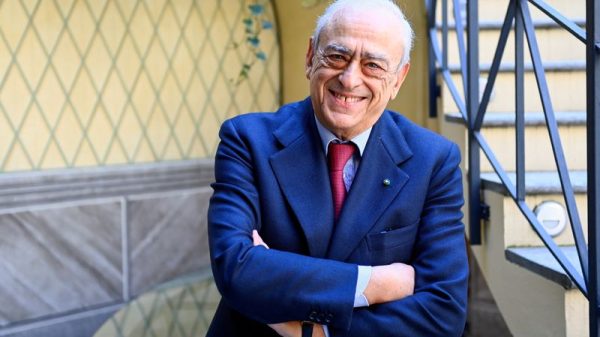In the past two years, Türkiye’s economy has undergone one of the most aggressive reorientations in its modern history.
Interest rates have risen by over 40 percentage points while inflation has fallen from 80% to 35%. This prompted three major credit rating agencies to upgrade the country’s ratings.
But it’s not all good news for Türkiye. Growth is slowing, the lira remains volatile, and political risk feels like a permanent state of affairs.
The growth story is weaker than it looks
At the start of the year, growth projections for Turkiye’s economy appeared optimistic.
According to Reuters, Türkiye’s official GDP growth is expected to hit 2.8% this year, down from 3.2% in 2024 and far below the government’s 4% target.
But the real problem lies deeper. A large part of this growth is coming from post-earthquake construction, which creates activity but not long-term productivity.
As Turkish economist Arda Tunca points out, industry and agriculture have stagnated while state-driven construction props up the numbers.
When you strip out the effects of emergency reconstruction and public infrastructure, the private sector recovery looks flat. Manufacturing and exports remain subdued. The trade deficit may have narrowed, but not because of a booming export sector.
Instead, domestic demand has been suppressed by high borrowing costs.
This doesn’t look like broad-based growth. It is more of a temporary boost shaped by crisis response, for now.
Inflation is falling but not fast enough
The Central Bank of the Republic of Türkiye (CBRT) hiked interest rates from single digits to 50% between mid-2023 and early 2024. This was one of the sharpest tightening cycles globally.
Inflation, which peaked at over 75%, has since dropped to 35% as of June 2025. Markets now expect it to fall to around 30 percent by the end of the year. The central bank targets 24%, though few believe it will hit that mark.
OECD’s April report showed that inflation is expected to fall to 17.3% in 2026, although that may seem very optimistic at this point.
But the problem is not just high inflation; it is also credibility. After a short-lived easing cycle in late 2024, the CBRT was forced to reverse course when political turmoil rattled markets.
Now, in July 2025, it has resumed cutting rates, with the policy rate lowered to 43%. Further cuts are expected through December, possibly reaching 36%.
This pace may be too fast. Real interest rates remain positive, but barely. If the CBRT eases too soon, inflation could plateau or rise again.
Credit ratings offer clarity but not certainty
In 2024, Türkiye became the only country to receive upgrades from Moody’s, S&P, and Fitch.
Moody’s lifted the sovereign rating from B1 to Ba3, citing disinflation, rate hikes, and renewed confidence in the Turkish lira. Fitch and S&P echoed similar views, pointing to improved fiscal discipline and external balances.
But the upgrades came with warnings. Moody’s flagged “ongoing governance risks.” Fitch cited legal unpredictability.
All three noted that Türkiye’s economy remains three notches below investment grade. The improvements are real, but fragile.
The real transformation is structural
Beyond the headlines, Türkiye has begun to shift the foundations of its economy.
The Medium-Term Program introduced in 2023 launched a series of structural reforms. These include fiscal consolidation, improvements to the investment climate, and a large-scale push into renewables. Solar and wind capacity saw massive improvements in 2025.
New digital trade tools have helped SMEs reach global markets, particularly in Asia and the US.
Export diversification is starting to take shape. The Coordination Council for the Improvement of the Investment Environment has simplified permitting and helped rebuild foreign investor confidence.
Debt remains under control. Public debt is projected to stay under 25% of GDP in 2025, far below peer emerging markets.
The current account deficit is now below 1% of GDP. For the first time in years, Türkiye’s macro framework is beginning to take shape.
The real verdict: progress but not convergence
Where Türkiye has made the most progress is on policy intent.
The OECD’s 2025 report confirms that the country is taking real steps toward convergence with higher-income economies. But it also highlights how far there is to go.
Türkiye’s economy is still struggling with low productivity, especially in services, where regulatory barriers and weak innovation limit output.
R&D investment appears muted, as only one-third of Turkish firms introduced an innovation in the last reported cycle, compared to over 50 percent in OECD peers.
Additionally, Türkiye has the lowest female participation rate in the OECD. Only 34% of women aged 15–64 are active in the workforce.
The labor force participation rate has risen from 50% in 2005 to 60% today. That’s real progress. But most of the gains come from male employment.
According to the OECD, closing the gender gap in the labor market could significantly lift GDP per capita over the long run.
Political volatility is the biggest risk
Progress depends on predictability. In March 2025, the arrest of Istanbul mayor Ekrem İmamoğlu triggered protests, capital outflows, and disrupted the central bank’s policy trajectory.
The CBRT had to pause its rate cuts and hike again to prevent a lira crisis.
This is the critical fault line. Türkiye’s economy has started to improve, but it cannot thrive without political stability.
Foreign investors need confidence that institutions can act without interference. The current rebound is conditional. One wrong step could unwind it, particularly in the form of early rate cuts or judicial overreach.
What Türkiye has achieved since 2023 is stabilization, not transformation. If those conditions hold, the country could evolve into a true emerging market success story.
If not, it may return to the same cycle of overheating, correction, and uncertainty that has defined its past decade.
The post Is Türkiye’s economy really improving or just a mirage? appeared first on Invezz

